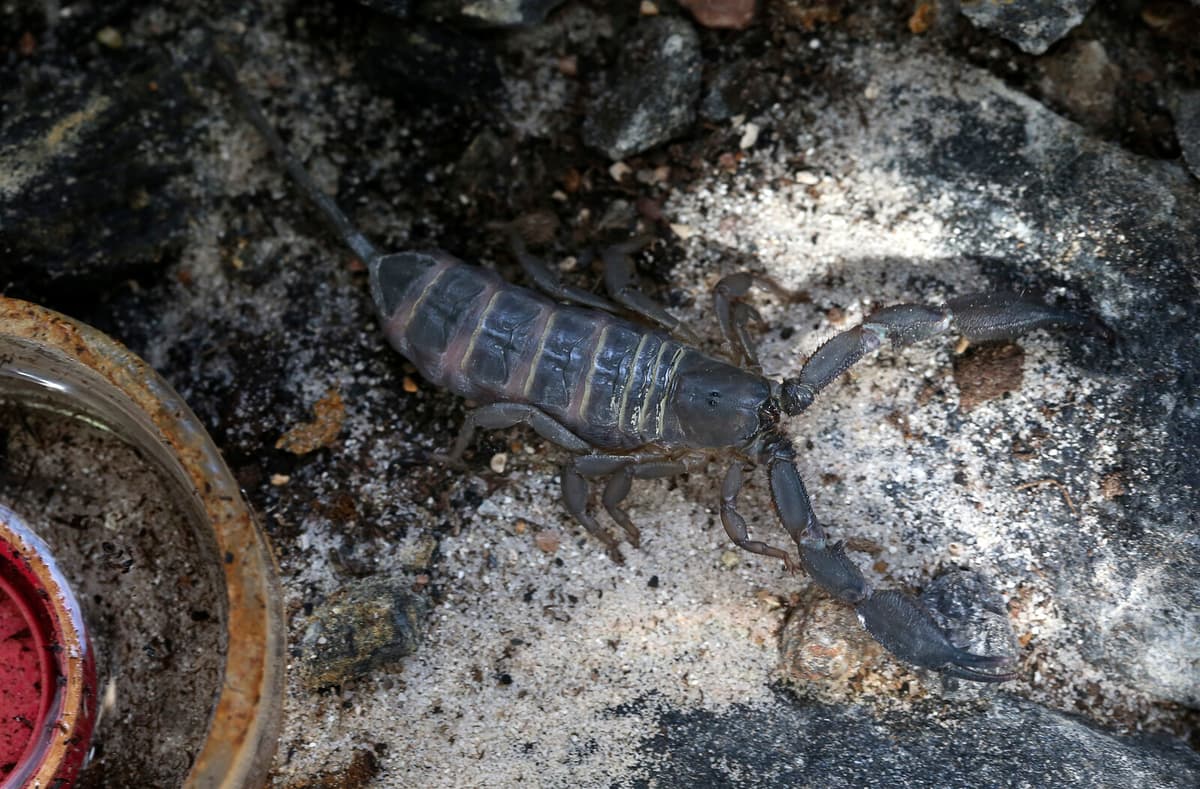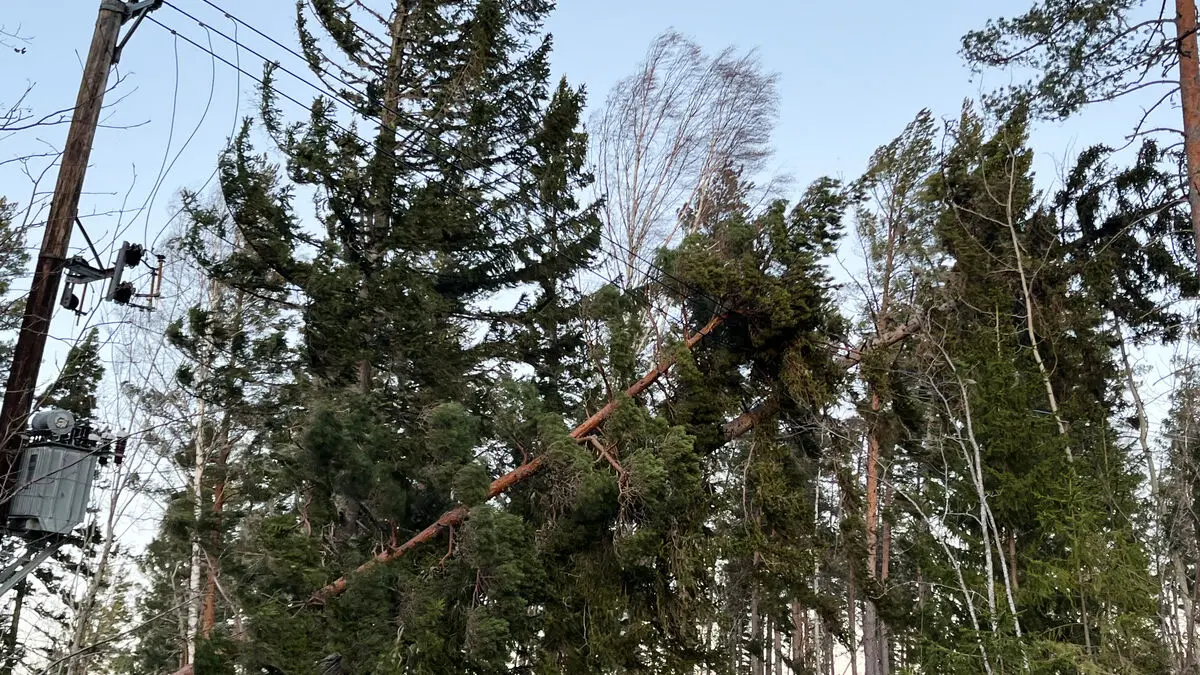Scorpions "take over" Brazilian cities, warn researchers. According to a study, rapid urbanization and climate change are behind an alarming increase in the poisonous spiders, writes The Guardian.
Between 2014 and 2023, more than 1.1 million scorpion stings were reported. This meant an increase of 250 percent, according to the study published in the journal Frontiers in Public Health.
In Brazil's case, large and rapidly growing slum areas, so-called favelas, make up a large part of the unplanned urban expansion blamed for the scorpion boom.
"Urbanization in Brazil has deeply changed ecosystems," says the study's lead author Manuela Berto Pucca, assistant professor at the University of São Paulo, according to The Guardian.
The cities unintentionally offer scorpions everything they need, according to Berto Pucca: shelter, even heat, and a reliable food supply in the form of cockroaches and other urban invertebrates. The hotter summers in combination with periods of drought and heavy rainfall also help scorpions thrive.
Last year, scorpions were behind nearly 200,000 stings and 133 deaths in Brazil, according to preliminary figures. In the study, researchers warn of a continued strong increase ahead.
Children and the elderly are most vulnerable to scorpion stings, while healthy adults usually recover after a few days. Symptoms include pain, swelling, and nausea.
Scorpions are a type of spider that exists in large parts of the world. There are approximately 2,000 different species.
Scorpions are often associated with desert tracts, but they also inhabit forests and high up in the mountains. The most dangerous ones are found in North Africa and the Middle East, as well as in Central and South America.
The length can vary from a few millimeters to about two decimeters. The animals have claws and a venomous stinger at the end of their abdomen.
The effect of the venom can vary among different species from pain at the bite site to extensive effects on the nervous system and circulation.
Source: National Encyclopedia





